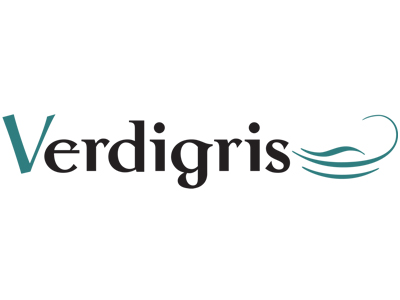Electronic media have a heavy carbon footprint because of the energy they require to exist. Unlike physical media digital media only work if there is energy to deliver them. They also need energy to survive, so the emissions associated with electronic media are substantial. This much we know and although emissions associated with data centres are recognised as problem, we do not really know how to quantify them. Nor do we know how to reduce their energy footprints without the risk of frying or freezing the data. But something must be done because data centres are responsible for more carbon dioxide generation than the entire aviation industry.
Much of the problem would be solved if data centres were cooled using renewable energy. Google has taken a lead with renewables and in 2017 announced that it was purchasing as much renewable energy as possible, however it still needs to plug into the grid. Google might fancy a chat with Windcloud 4.0, founded in Germany earlier this year and which describes itself as a “regenerative cloudhoster”.
Windcloud 4.0’s energy comes from locally generated wind power and a large photovoltaic park. Energy is stored in megawatt batteries and the whole set up is designed for redundant energy security. Internet connection is two parallel fibre optic lines running at 2TBits per second.
The world’s digital infrastructure is growing every second and is predicted to consume 20% of the world’s electricity production by 2030. At this rate the urgency of moving data centres to renewables can hardly be overstated if the planet is to be saved from being fricaséed by then. So this initiative by Windcloud 4.0’s founders and partners from the energy industry and local government is to be welcomed. The initiative fulfils key requirements for a data centre that, apart from being carbon neutral, should be readily extendable. It should also be fully certified so that external third party auditors confirm its carbon neutrality. Windcloud 4.0 is certified to ISO 27001 for data security and EN 50600 for its infrastructure and buildings.
Germany generates masses of windpower along its northern coast and last year much of what was produced was not used, mainly because there was no suitable means of storing and delivering it. Windcloud 4.0’s business is based on using a controlled model to manage renewable energy distribution and storage to support data hosting and cloud services within a protected network.
This young company offers all industries, including graphics, with a sustainable alternative to conventional cloud hosting. It’s worth a closer look not just by Google, but also by suppliers and manufacturers offering cloud services to printers and publishers.
- Laurel Brunner
This article was produced by the Verdigris Project, an industry initiative intended to raise awareness of print’s positive environmental impact. This weekly commentary helps printing companies keep up to date with environmental standards, and how environmentally friendly business management can help improve their bottom lines. Verdigris is supported by the following companies: Agfa Graphics, EFI, Fespa, HP, Kodak, Kornit, Ricoh, Spindrift, Splash PR, Unity Publishing and Xeikon.





